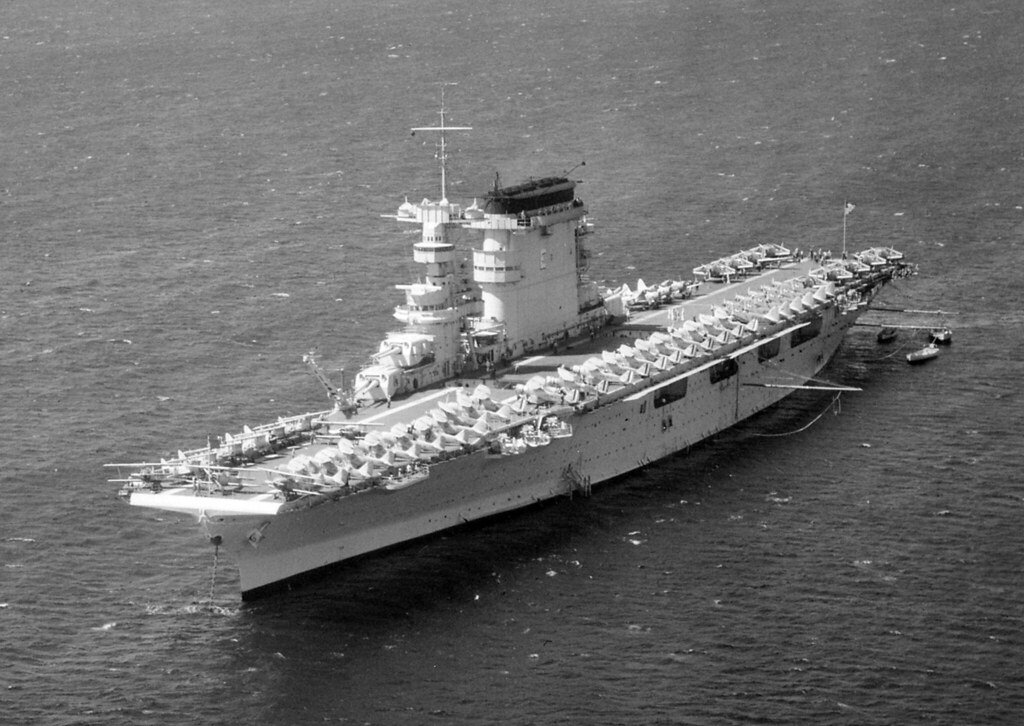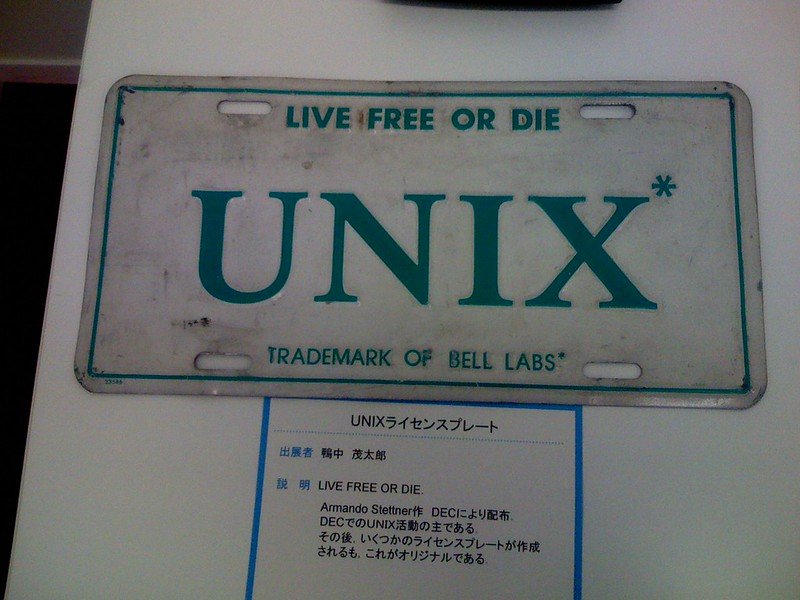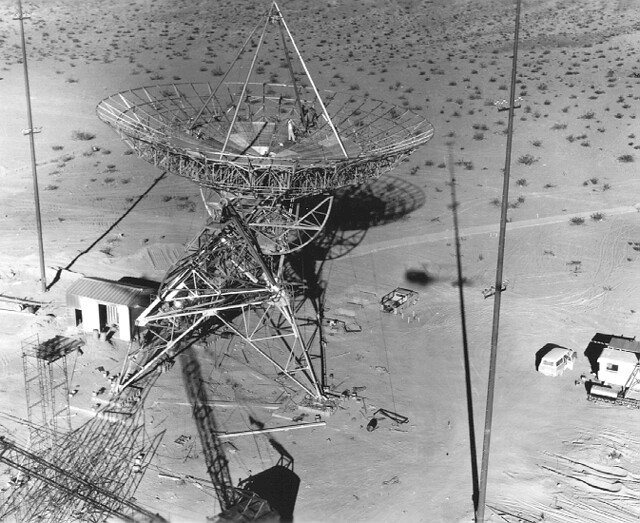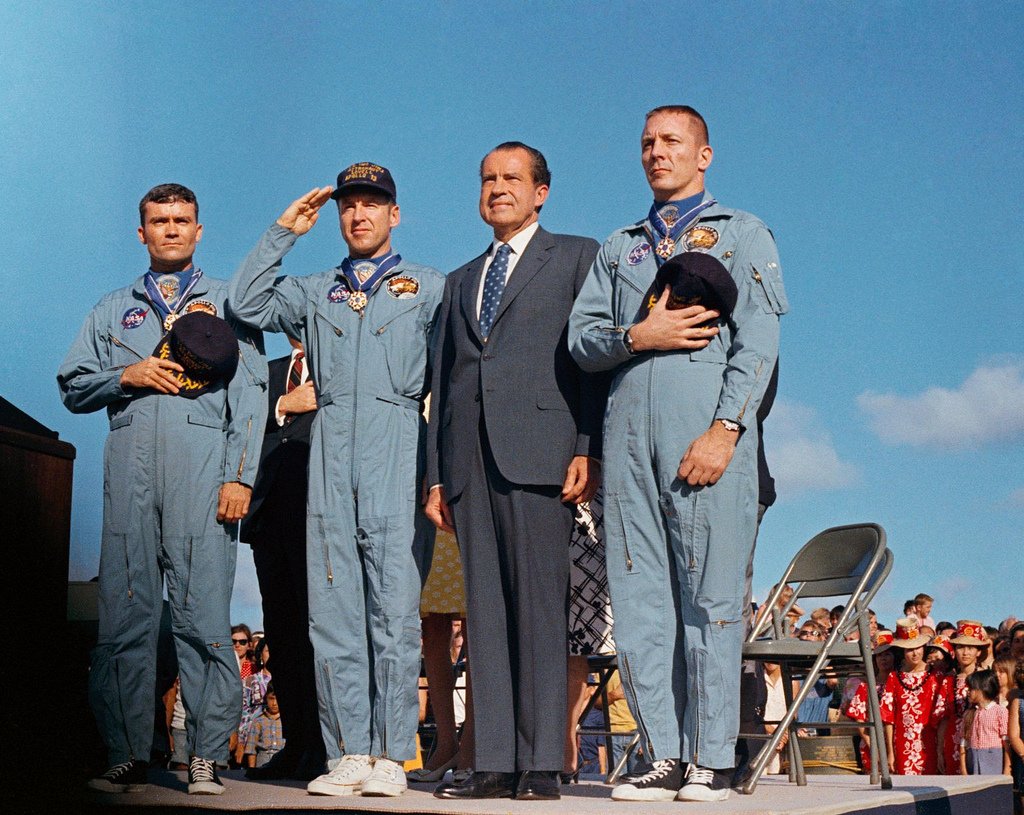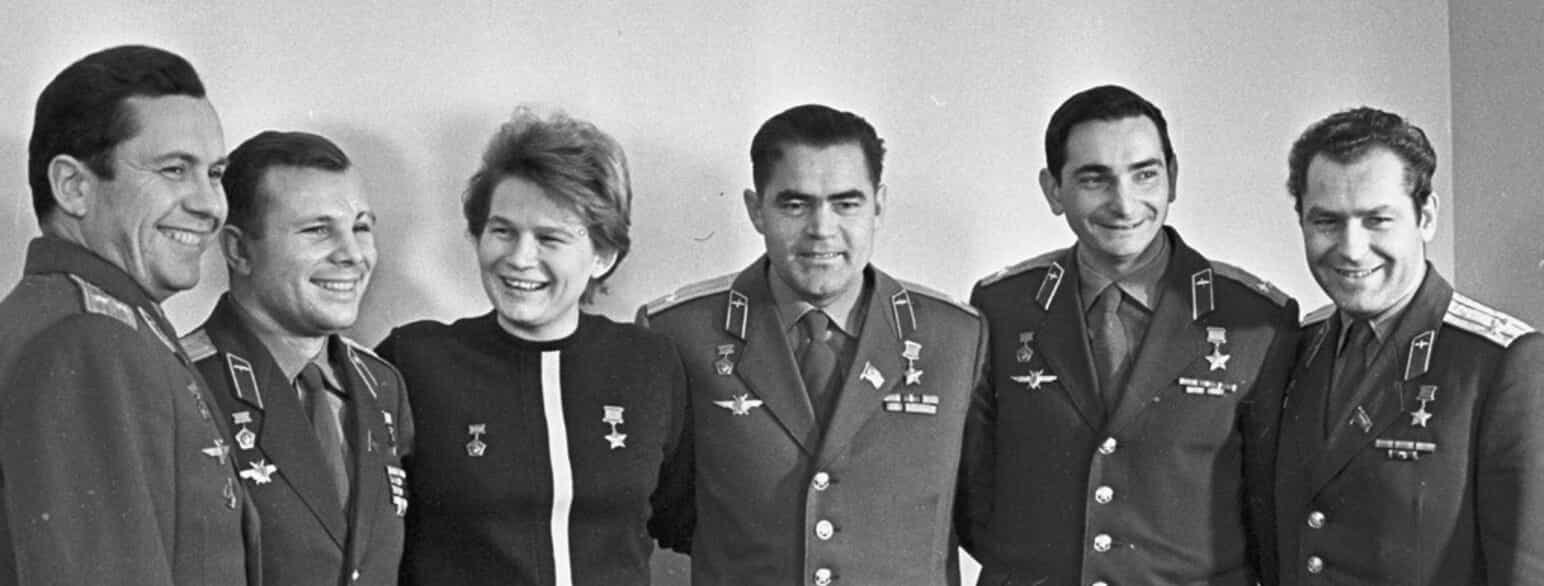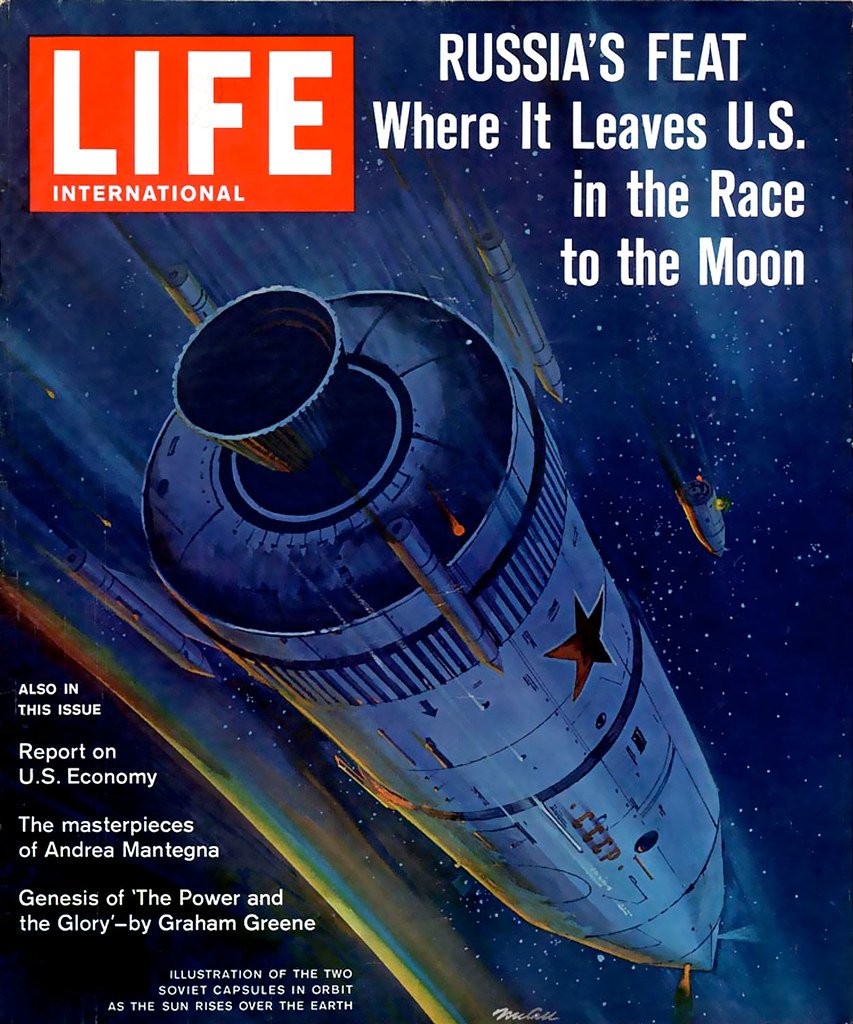The Pioneer 1 mission is a notable milestone in space exploration history. Launched by NASA on October 11, 1958, it represented the start of the United States’ ambitious efforts to explore beyond Earth’s atmosphere. While Pioneer 1 did not achieve its primary goal of reaching lunar orbit, it played a crucial role in advancing space exploration. The mission was designed to gather data on radiation, cosmic rays, and the Earth’s magnetic field. Although it faced challenges such as guidance system errors and a timing miscalculation in the rocket’s burn, it still provided valuable scientific information.
Pioneer 1’s brief but impactful journey offered essential insights that contributed to technological and scientific progress, helping to refine future space missions. Its legacy includes advancements in spacecraft design, improved understanding of space environments, and inspiration for continued exploration, laying the groundwork for subsequent achievements in space exploration.
Table of Contents
What Does Pioneer 1 Do?
Pioneer 1, the first spacecraft launched by the newly formed NASA and the second of three Project Able space probes, was designed to study ionizing radiation, cosmic rays, magnetic fields, and micrometeorites near Earth and in lunar orbit. This mission aimed to collect data that would enhance our understanding of the space environment and contribute to future explorations.

Despite a trajectory issue that prevented it from reaching lunar orbit, Pioneer 1 provided significant scientific data during its 43-hour mission. It successfully measured radiation levels and cosmic rays, analyzed Earth’s magnetic field, and detected micrometeorites. The insights gained from Pioneer 1’s mission laid the foundation for future space missions, advancing our knowledge of space and improving spacecraft technology and navigation. Its contributions marked an essential step in NASA’s journey into space exploration.
The Genesis of Pioneer 1
Pioneer 1 was part of NASA’s Pioneer program, initiated in the late 1950s to explore space beyond Earth’s atmosphere. This program was designed to study interplanetary space and gather data on the Moon and its environment. The mission was launched a few months after NASA was officially established, marking it as one of the earliest endeavors of the newly formed space agency. The Pioneer program represented NASA’s ambition to extend human knowledge and technological prowess into the final frontier, setting the stage for future space exploration.
Design and Development
Pioneer 1 was developed through a collaboration between NASA and the U.S. Air Force. The spacecraft was built by the Ramo-Wooldridge Corporation, which later became TRW Inc. The design of Pioneer 1 was a product of the technology and scientific knowledge available at the time, aimed at achieving several critical scientific and exploratory objectives. It was a small, spin-stabilized spacecraft equipped with a variety of instruments to measure radiation, cosmic rays, magnetic fields, and micrometeorites. The spacecraft’s development involved meticulous planning and innovative engineering, reflecting the nascent space technology of the late 1950s.
Objectives and Goals
Pioneer 1’s primary goals were to gather crucial data on the space environment between Earth and the Moon, including radiation levels and cosmic rays, and to test the spacecraft’s technology and trajectory systems. These objectives aimed to provide essential insights for future space missions and advance our understanding of space conditions.
Study the Space Environment
The purpose of this study was to investigate the space environment between Earth and the Moon, including radiation levels and cosmic rays. This data was vital for understanding the conditions that future astronauts and spacecraft would encounter.
Measure Radiation Levels
Measuring the radiation in the Van Allen belts is crucial to understanding Earth’s magnetic field and its interaction with solar radiation. This information was essential for assessing the potential hazards of space radiation on spacecraft and human health.
Test Technology
To evaluate the spacecraft’s technology and trajectory systems for future lunar missions. Pioneer 1 served as a testbed for the guidance, communication, and telemetry systems that would be critical for more complex missions.
Capture Lunar Data
To capture images and scientific data about the Moon, provided the spacecraft achieved its intended orbit. Although Pioneer 1 did not reach lunar orbit, this objective underscored the mission’s broader goal of advancing lunar exploration.
Launch and Trajectory
Launch Sequence
Pioneer 1 was launched on October 11, 1958, from Cape Canaveral, Florida, aboard a Thor-Able rocket. The Thor-Able was a two-stage rocket, with the Thor serving as the first stage and the Able as the second stage. During the launch, the first stage of the Thor successfully propelled the spacecraft into space, and the first stage of separation occurred as planned. This initial success indicated that the early phases of the launch were executed correctly.
However, issues arose with the upper stage of the rocket, specifically during the third-stage burn. A critical timing error in the third-stage burn prevented Pioneer 1 from achieving its intended lunar orbit. This miscalculation led to a deviation from the planned trajectory, ultimately impacting the overall mission outcome and preventing the spacecraft from reaching the Moon. Despite these challenges, the mission still yielded valuable data and insights.
Mission Trajectory
During the launch, an error occurred in the timing of the third-stage burn, which was critical for achieving the spacecraft’s intended lunar orbit. This timing error caused Pioneer 1 to miss its target trajectory for the Moon. Instead of entering lunar orbit, Pioneer 1 followed an elliptical trajectory around Earth.
The spacecraft reached a maximum distance of approximately 113,854 kilometers (70,746 miles) from Earth. Although this trajectory did not get to the Moon, it allowed Pioneer 1 to provide valuable data about the Earth’s radiation environment, cosmic rays, and magnetic fields. The spacecraft remained in orbit around Earth until it re-entered the atmosphere on October 12, 1958, after a 43-hour flight. Despite not achieving its intended mission objectives, Pioneer 1’s data collection and operational insights were crucial for advancing space exploration and improving future missions.
Challenges and Failures

Why Did Pioneer 1 Fail?
Pioneer 1 failed to achieve its primary goal of lunar orbit due to significant guidance system errors and a critical miscalculation in the timing of the third-stage rocket burn. These issues prevented the spacecraft from attaining the necessary trajectory and velocity to reach the Moon.
Guidance System Errors
The spacecraft’s guidance system experienced errors that significantly affected its trajectory. These errors led to deviations from the planned flight path, making it impossible for Pioneer 1 to achieve its intended orbit around the Moon.
Burn Time Miscalculation
A critical miscalculation occurred in the timing of the third-stage rocket burn. This miscalculation resulted in the spacecraft needing to attain the necessary velocity to escape Earth’s gravity. Consequently, Pioneer 1 lacked the momentum required to reach the Moon and instead followed an elliptical trajectory around Earth.
Despite these setbacks, the mission was considered a success. Pioneer 1 provided valuable scientific data on radiation levels, cosmic rays, and the Earth’s magnetic field. Additionally, the operational insights gained from the mission contributed to the overall progress of space exploration, helping to refine technologies and strategies for future missions.
How Long Did Pioneer 1 Last?
Pioneer 1’s mission lasted approximately 43 hours. During this time, it successfully transmitted important scientific data back to Earth, including measurements of radiation levels, cosmic rays, and details about the Earth’s magnetic field. These measurements were crucial for understanding the near-Earth space environment and assessing potential hazards for future missions.
On October 12, 1958, Pioneer 1 began its re-entry into Earth’s atmosphere. The intense heat and friction during re-entry caused the spacecraft to burn up on October 13, 1958, marking the end of its mission. Despite its brief operational period, Pioneer 1’s contributions were significant. The data collected, and the mission’s operational insights laid the groundwork for future space missions, enhancing spacecraft design, guidance systems, and mission planning in the early days of space exploration.
Scientific Achievements
Despite not reaching its primary objective of lunar orbit, Pioneer 1 achieved several significant scientific milestones:
Radiation Data
Pioneer 1 provided crucial information about the Earth’s radiation belts, specifically the Van Allen belts. These belts are regions of high-energy particles trapped by Earth’s magnetic field. The data collected by Pioneer 1 helped scientists understand the intensity and distribution of radiation within these belts. This knowledge was essential for designing future spacecraft and planning missions to ensure the safety of both equipment and astronauts from harmful radiation levels.
Technology Testing
Pioneer 1 served as a testing platform for several new technologies. The mission tested the performance of various scientific instruments, including radiation detectors and magnetometers, which measured cosmic rays and magnetic fields. Additionally, the spacecraft’s communication systems were evaluated, ensuring that data could be reliably transmitted back to Earth. These tests were critical for validating the functionality and reliability of equipment that would be used in future missions.
Operational Experience
The mission provided valuable operational experience in several key areas, including spacecraft control, data transmission, and mission planning. Handling the guidance and trajectory errors during the mission gave engineers and scientists practical experience in managing and troubleshooting issues in real-time. The mission’s data transmission aspect was also significant, as it demonstrated the capability to send scientific data over vast distances, a crucial requirement for successful space exploration. The insights gained from operating Pioneer 1 laid the groundwork for improving the management of subsequent space missions.
Legacy of Pioneer 1

The legacy of Pioneer 1 extends far beyond its immediate mission objectives. Despite not achieving its primary goal of reaching lunar orbit, the mission provided valuable lessons and insights that significantly contributed to the success of later space endeavors. The impact of Pioneer 1 can be seen in several key areas:
Technological Improvements
The challenges faced during the Pioneer 1 mission underscored the critical importance of precise calculations and reliable guidance systems. The errors in the spacecraft’s guidance system and the miscalculation in the timing of the third-stage rocket burn highlighted areas in need of improvement. These lessons prompted the development of more accurate guidance technologies and better-engineered propulsion systems for future missions. By addressing the shortcomings identified during Pioneer 1, subsequent missions were able to achieve tremendous success and reliability, ensuring that spacecraft could more accurately follow their intended trajectories and complete their mission objectives.
Scientific Advancements
Pioneer 1’s mission provided groundbreaking data on the Earth’s radiation belts, particularly the Van Allen belts. This information was crucial for understanding the space environment and the potential hazards it posed to both spacecraft and astronauts. The insights gained from Pioneer 1’s data collection efforts led to the development of enhanced radiation shielding for spacecraft. This advancement was vital for protecting instruments and crew members from harmful radiation, enabling longer and more complex missions. The scientific achievements of Pioneer 1 laid the foundation for safer and more practical space exploration, contributing to the overall body of knowledge about the near-Earth space environment.
Operational Experience
The operational experience gained from Pioneer 1 was invaluable for the planning and execution of future space missions. The mission provided early lessons in spacecraft control, data transmission, and real-time problem-solving. Engineers and scientists learned how to manage and troubleshoot issues that arose during the mission, which helped refine operational procedures and protocols. The ability to successfully transmit scientific data over vast distances was demonstrated, proving that spacecraft could communicate effectively with ground stations. This experience was crucial for the development of more sophisticated mission operations and the management of more complex spacecraft in future endeavors.
Inspirational Impact
Pioneer 1’s mission demonstrated the feasibility of launching and operating spacecraft beyond Earth’s orbit. Despite its challenges, the mission showed that reaching space and collecting valuable data was possible, inspiring further investments in space technology and exploration. The pioneering spirit of the mission fueled the ambitions of NASA and other space agencies, leading to increased funding and support for space exploration programs. Pioneer 1’s achievements inspired a generation of scientists, engineers, and the general public, fostering a sense of excitement and possibility about the future of space travel.
Technological Innovations
Pioneer 1 featured cutting-edge technological innovations, including advanced scientific instruments for measuring cosmic rays, magnetic fields, and radiation. Its communication system also enabled reliable data transmission over long distances, paving the way for future space missions.
Scientific Instruments
The spacecraft was equipped with a range of scientific instruments designed to measure cosmic rays, magnetic fields, and radiation. These instruments included radiation detectors and magnetometers, which provided critical data on the intensity and distribution of cosmic rays and the Earth’s magnetic field. The successful deployment and data collection from these instruments marked significant progress in understanding space phenomena, laying the groundwork for more advanced scientific studies in subsequent missions.
Communication Systems
Pioneer 1 featured an innovative communication system that enabled the transmission of data over long distances from space to Earth. This system used radio transmitters and receivers to relay the collected data back to ground stations. The ability to maintain communication over such distances was a crucial technological advancement, ensuring that valuable scientific information could be sent and received reliably. This development was essential for the success of future space missions, as it demonstrated the feasibility of long-range data transmission and established a foundation for further improvements in communication technology.
While Pioneer 1 did not achieve its primary goal of reaching lunar orbit, it made significant contributions to space exploration. The mission provided crucial scientific data, including valuable information about the Van Allen belts, which are zones of radiation encircling Earth. This data was instrumental in understanding the radiation environment around our planet. Pioneer 1 also tested essential technologies, including its scientific instruments and communication systems, which were pivotal for future missions.
Moreover, the operational challenges and lessons learned from Pioneer 1 helped refine spacecraft design and mission strategies. NASA’s first space mission, Pioneer 1, marked the start of a new era in space exploration, laying the groundwork for subsequent missions and advancements. Its legacy is seen in the enhanced understanding of space environments and the technological progress that continues to drive humanity’s quest to explore and comprehend the cosmos.
